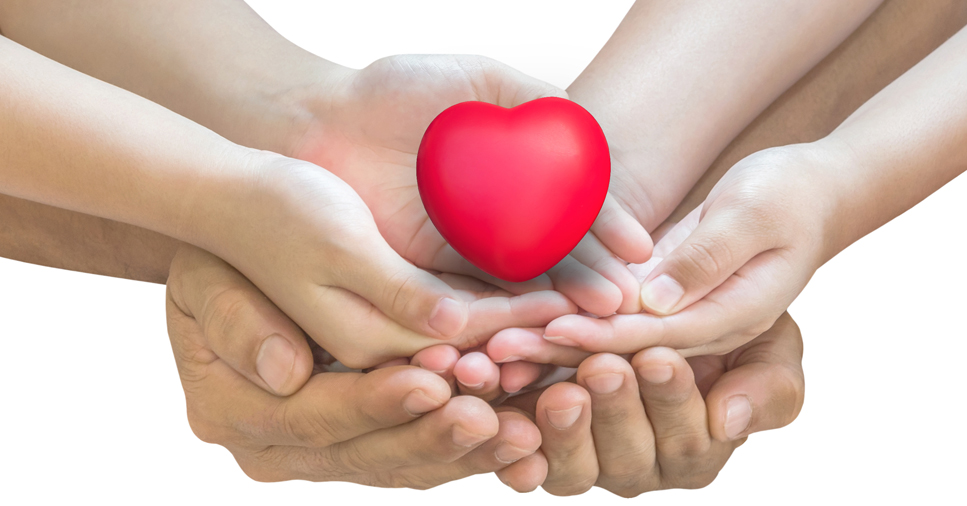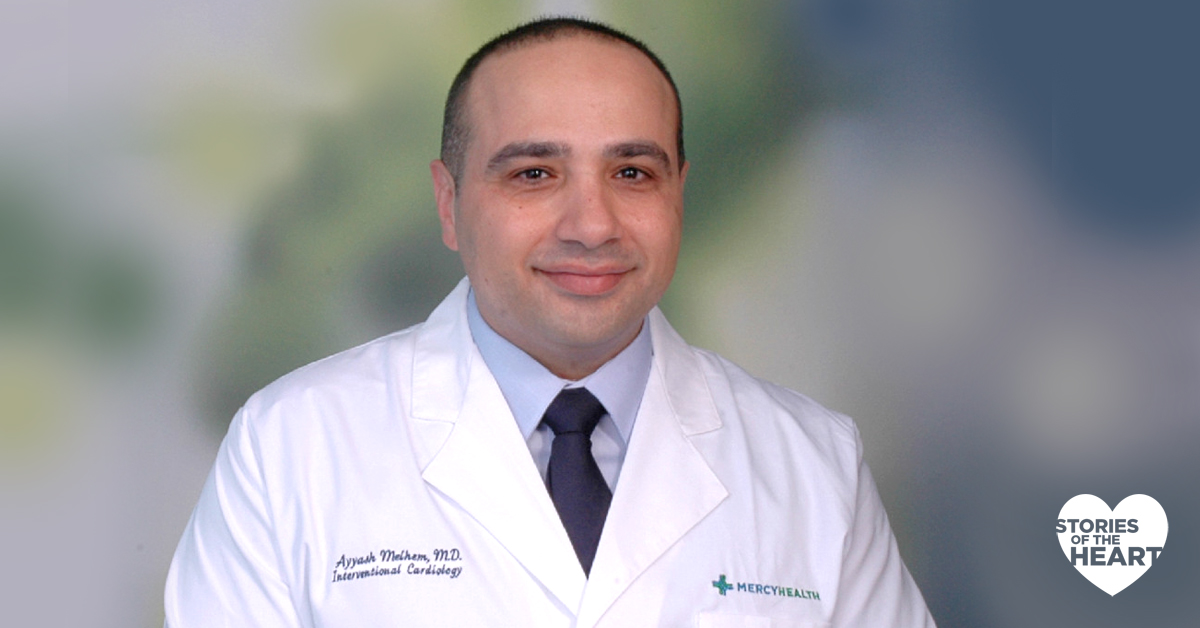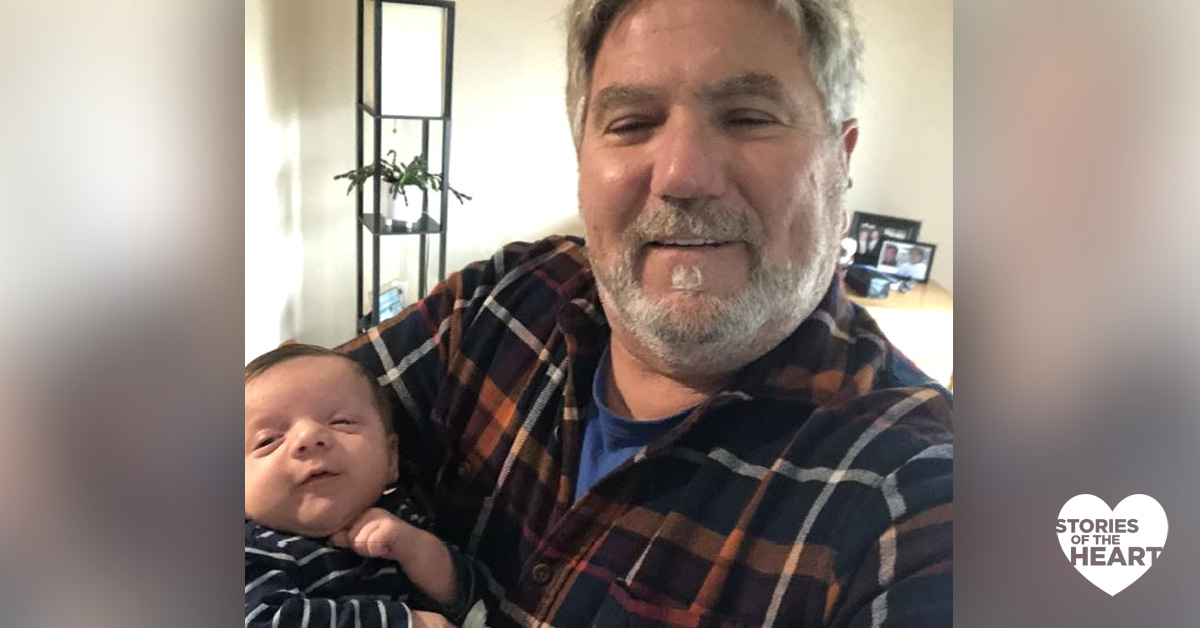All about childhood heart defects, and how they affect people into adulthood
When someone has congenital heart disease, or CHD, it means they were born with a defect in their heart. About one in 100 Americans is born with a heart defect.
Many years ago, it was common for babies with congenital heart defects to not survive into adulthood. But thanks to advances in technology and treatment, many who are born with heart defects can now expect to live normal adult lives.
Even so, the idea of a congenital heart defect can still sound scary. Here are three things you may not know about CHD that can help bust some common myths.
1. Not all congenital heart defects are the same.
There are at least 18 different types of congenital heart defects. When a heart is functioning correctly, it pumps blood to the lungs for oxygen, back to the heart, and then into the body for oxygen. Most commonly, congenital heart defects result in an abnormal blood flow, which may or may not affect a person’s entire circulatory system.
Examples of common heart defects include aortic valve stenosis, in which a valve from the heart to the body doesn’t properly open and close, and an atrial septal defect, in which a hole in the wall separates the heart’s top two chambers. A pulmonary valve stenosis occurs when a heart valve is thickened and does not fully open, and a single ventricle defect is when one of the heart’s lower chambers is small, underdeveloped, or missing completely.
2. Some people with a congenital heart defect do not require treatment.
While many medical treatments are available to help those with congenital heart defects, treatment is not always required. Some defects, such as a small hole in the heart, can even heal themselves with time.
Others with CHD may receive a treatment during childhood, go without treatment for many years, and then receive a follow-up treatment during adulthood. In either case, having frequent check-ups with your cardiologist is important.
Patients with more severe heart defects will often be required to have surgery right away. Depending on the type of heart defect a child is born with, he or she may require a heart transplant, open-heart surgery, or a procedure using catheterization. Medication can also also be used to treat mild heart defects.
3. Children with congenital heart defects can grow up to live healthy, normal adult lives.
How a person’s heart defect affects them into adulthood is largely dependent on which heart defect they were born with. For the first time in history, there are more adults living with congenital heart disease than children.
Deaths in children resulting from congenital heart disease have been decreasing among all races and ethnicities. This is thanks to advances in diagnoses and treatments, which have allowed many patients to get better care faster.
While not everyone requires treatment, adults with CHD will always require lifelong check-ups. Even when a heart defect was repaired during childhood, the heart can experience leaky valves, irregular heartbeats, or even failure as it grows and develops.
With regular check-ups and care as needed, adults can gain the confidence they need to live regular, healthy lives. Many adults will not notice symptoms of their heart defect in everyday life.
Want to learn more about your own heart health? Take our free, online heart risk assessment today.






